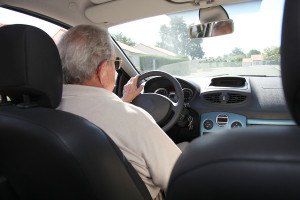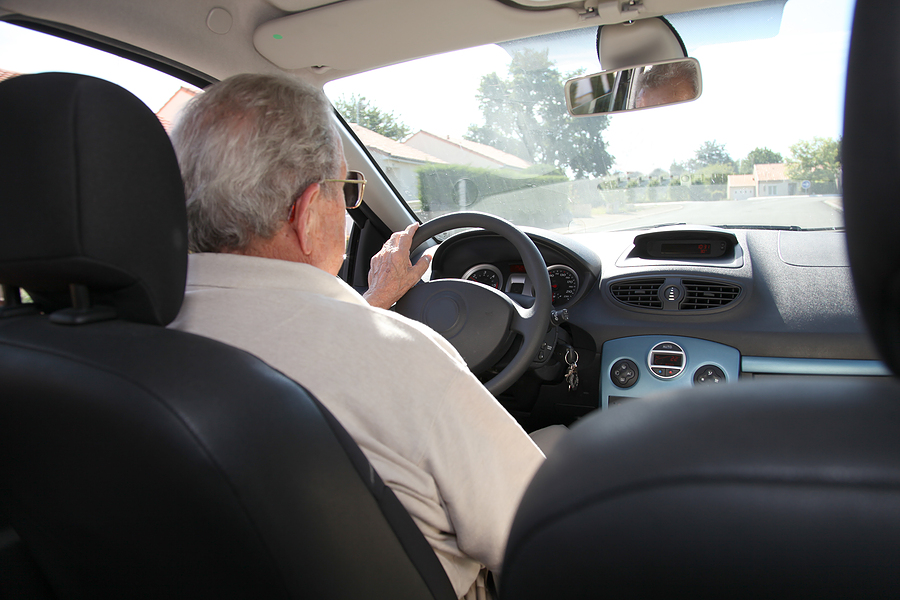Safety researchers expressed concern a decade ago that traffic accidents would increase as the nation’s aging population swelled the number of older drivers on the road. Now, they say they’ve been proved wrong.
 Today’s drivers aged 70 and older are less likely to be involved in crashes than previous generations, and less likely to be killed or seriously injured if they do crash, according to a study released Thursday by the Insurance Institute for Highway Safety.
Today’s drivers aged 70 and older are less likely to be involved in crashes than previous generations, and less likely to be killed or seriously injured if they do crash, according to a study released Thursday by the Insurance Institute for Highway Safety.
That’s because vehicles are getting safer and seniors are generally getting healthier, the institute said.
State by State Look at Driving Rules for Older Drivers
The marked shift began taking hold in the mid-1990s and indicates that growing ranks of aging drivers as baby boomers head into their retirement years aren’t making U.S. roads deadlier.
Traffic fatalities overall in the U.S. have declined to levels not seen since the late 1940s, and accident rates have come down for other drivers as well. But since 1997, older drivers have enjoyed bigger declines as measured by both fatal crash rates per driver and per vehicle miles driven than middle-age drivers, defined in the study as ages 35 to 54.
From 1997 to 2012, fatal crash rates per licensed driver fell 42 percent for older drivers and 30 percent for middle-age ones, the study found. Looking at vehicle miles traveled, fatal crash rates fell 39 percent for older drivers and 26 percent for middle-age ones from 1995 to 2008.
The greatest rate of decline was among drivers age 80 and over, nearly twice that of middle-age drivers and drivers ages 70 to 74.
“This should help ease fears that aging baby boomers are a safety threat,” said Anne McCartt, the institute’s senior vice president for research and co-author of the study.
“No matter how we looked at the fatal crash data for this age group – by licensed drivers or miles driven – the fatal crash involvement rates for drivers 70 and older declined, and did so at a faster pace than the rates for drivers ages 35 to 54,” she said in a report on the study’s results.
At the same time, older drivers are putting more miles on the odometer than they used to, although they’re still driving fewer miles a year than middle-aged drivers. This is especially true for drivers 75 and older, who lifted their average annual mileage by more than 50 percent from 1995 to 2008.
“The fact that older drivers increased their average mileage … may indicate that they are remaining physically and mentally comfortable with driving tasks,” the institute said. When older drivers reduce the number of trips they take, it’s often because they sense their driving skills are eroding. They compensate by driving less at night, during rush hour, in bad weather or over long distances.
By 2050, the number of people in the U.S. age 70 and older is expected to reach 64 million, or about 16 percent of the population. In 2012, there were 29 million people in the U.S. age 70 and over, or 9 percent of the population.
Was this article valuable?
Here are more articles you may enjoy.


 Marijuana’s Move to Schedule III: What it Really Means for Cannabis Insurance
Marijuana’s Move to Schedule III: What it Really Means for Cannabis Insurance  Flooding in California Leads to Soaked Roads, Water Rescues and 1 Death
Flooding in California Leads to Soaked Roads, Water Rescues and 1 Death  Tesla Drivers Are Buying Escape Tools and Cars to Avoid Getting Trapped Inside
Tesla Drivers Are Buying Escape Tools and Cars to Avoid Getting Trapped Inside  Apollo Expands Asset-Level Risk Reviews to Reflect Impact of Extreme Weather
Apollo Expands Asset-Level Risk Reviews to Reflect Impact of Extreme Weather 